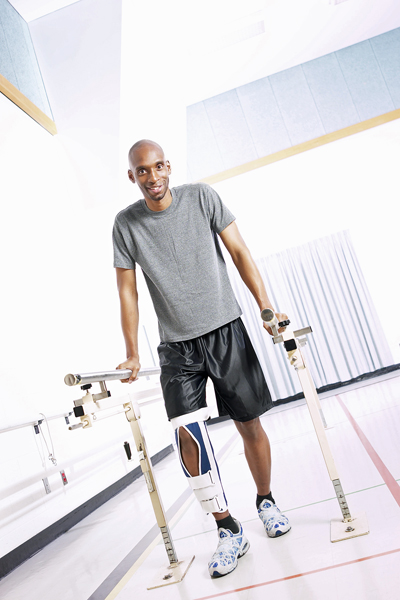Refining a Art of Human Factors to Improve Ease and Performance in Work Environments
Refining a Art of Human Factors to Improve Ease and Performance in Work Environments
Blog Article
Refining a principle of human-centered design is paramount for designing office setups that support postural health and work output. Workplace ergonomics is the study of engineering task areas, tools, and responsibilities to fit the requirements of workers. By emphasizing how staff engage with their workspace, businesses can reduce strain and prevent repetitive stress disorders. An ergonomic workspace supports fluid movement and reduces strain, which can lead to improved effectiveness and engagement among employees.
One important component of ergonomics is the placement of workstation elements and equipment. Workstations should be at a position that allows users to remain seated with their elbows at a 90-degree angle while keyboarding. Ergonomic seats should provide proper reinforcement for the lower back, encouraging good posture. Additionally, monitors should be mounted at eye level to prevent cervical tension. By confirming that these elements are properly configured, staff can copyright a comfortable position throughout their workflows, minimizing fatigue and improving concentration.
A further notable consideration in an ergonomic workspace is the use of ergonomically-designed devices and technology. This includes typing hardware, pointing devices, and other instruments designed to limit repetitive strain injuries. For instance, using an orthopedic typing device can aid in reduce wrist pain caused by long-term typing. Furthermore, adjustable chairs and convertible desks enable employees to modify their position throughout the day, which can ease discomfort and increase energy levels. Implementing high-quality ergonomic furnishings can result in optimal work habits and improved productivity rates.
Lighting is also a vital aspect in occupational planning. Balanced lighting can minimize eye strain and enable workers to focus on their work activities. Sunlight is optimal, but if that is not accessible, view website using customizable artificial lighting can help create a inviting atmosphere. It is important to avoid overhead fluorescent lights that may cause migraines or fatigue. By providing sufficient lighting, workspace planners can create an environment that advances both visual ergonomics and efficiency.
To conclude, promoting scheduled breaks is vital for preserving an ergonomic workspace. Motivating staff to take short breaks can aid disperse physical tension and mental overload. During these breaks, workers should be advised to move around or walk around to stimulate physical engagement. Implementing scheduled break times can help build a workflow that prioritizes employee wellness without sacrificing productivity. Ultimately, embracing ergonomics in the workplace not only boosts physical health but also fosters a more productive work culture where team members can read here perform at their best.